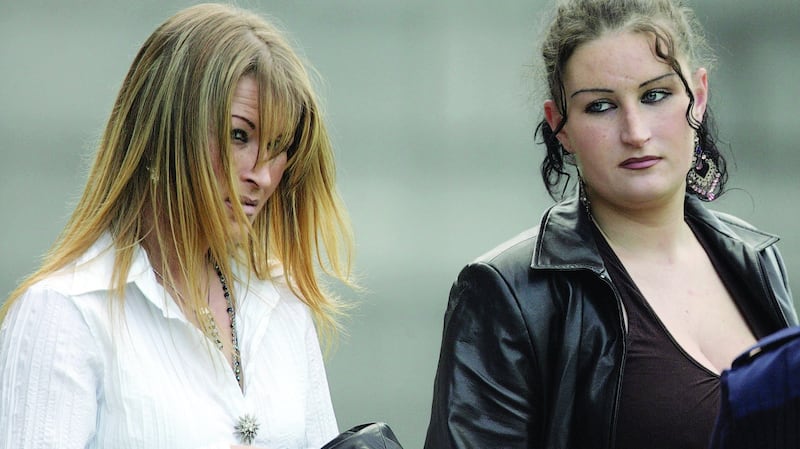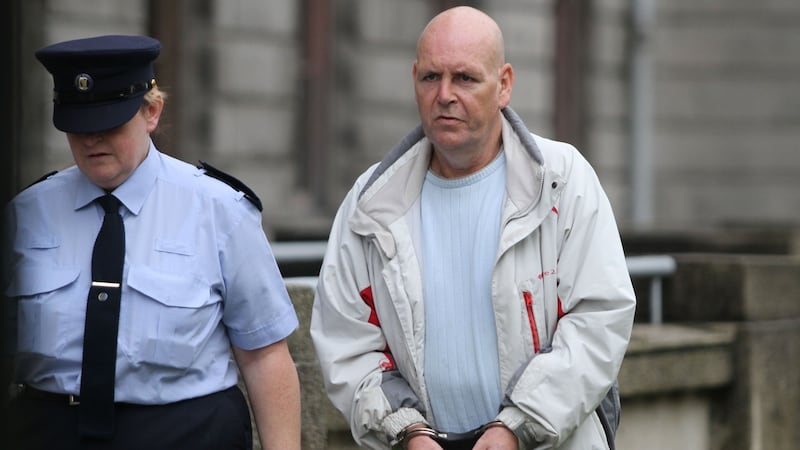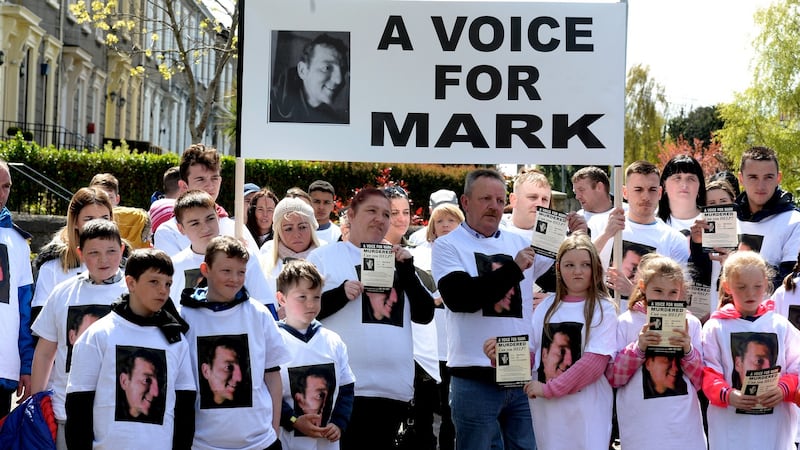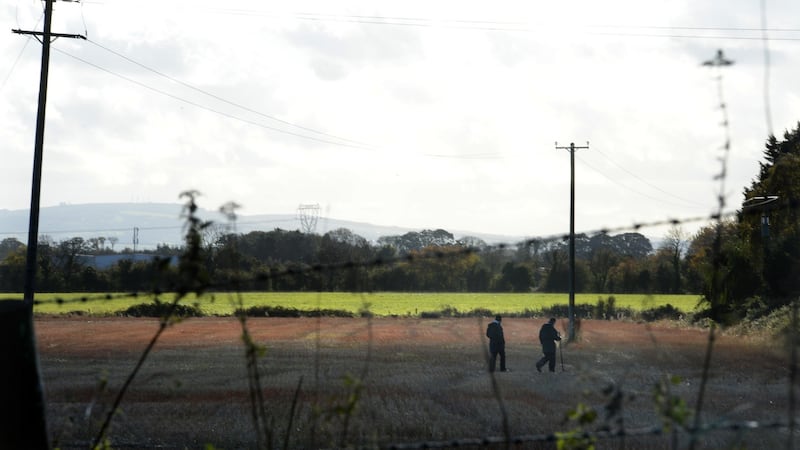Though cases of dead bodies being dismembered are rare, there have been a number in Ireland in recent years.
While one might associate such barbarity with organised or gang crime, few of the perpetrators in these recent cases were hardened criminals. Most had no history of serious violence, and no criminal record.
1. The best known case is that of Linda and Charlotte Mulhall, who are currently serving terms of imprisonment for the killing of Farah Swaleh Noor in Dublin in March 2005.
A Kenyan national, he had been beaten and stabbed, and his body dismembered at a house in Ballybough in Dublin’s north inner city. Wrapped in black plastic, the body parts were discarded into the Royal Canal near Croke Park. However, some of them floated to the surface and passersby alerted the Garda.
The victim had been in a relationship with the sisters' mother Kathleen Mulhall. They insisted Noor had previously raped their mother, and when he made sexual remarks about them they felt threatened and alarmed, and they killed him in a spur-of-the-moment attack. They cut up the remains over several hours in the bathroom of the house because they did not know what else to do with the body.

Mr Justice Paul Carney called the crime “the most grotesque case of killing that has occurred in my professional lifetime”.
Neither Linda nor Kathleen – later jailed for concealing the crime – had previous convictions for any form of crime. Charlotte had convictions for only minor public order matters.
2. In another case the Garda is currently searching for the outstanding parts of the dismembered remains of James Nolan. The first indication that he had been killed and his body disposed of in pieces in several locations was when his hand washed up on Dollymount Strand, north Dublin, in 2011.
The 46-year-old from Fairlawn Road in Finglas, Dublin, was last seen at a local methadone clinic on November 30th, 2010. He was a convicted rapist, and gardaí believe he was killed by his brother Thomas Nolan, who took his own life in a flat in Monaghan last November.

Thomas Nolan wrote a detailed suicide note, running to about 20 pages, giving an account of the strangulation, murder and dismembering of his brother, before his remains were dumped in a Co Monaghan lake and a park in Finglas, north Dublin. The killer had even cut tattoos from the dead man’s upper arms to prevent his identification.
Gardaí believe the murder occurred during a drink-fuelled row.
3. In another dismembering case, Dubliner Mark Burke disappeared on July 28th, 2014, and his partial remains, identified through DNA profiling, were found at Thornton's recycling plant on Killeen Road in Ballyfermot three days later on July 31st.

His killing has never been solved. He was homeless at the time of his disappearance, and gardaí do not believe he had any enemies who wanted him dead. They suspect his killing was unplanned, and whoever was behind it decided to dismember his remains for ease of disposal.
4. Another Dublin man, Kenneth O'Brien, was murdered and dismembered last year. JCB driver O'Brien (33) from Leland Road in Clondalkin was reported missing on January 15th, 2016. The following day his torso was found in a suitcase by walkers at the Grand Canal near Celbridge, Co Kildare. A man is currently charged with murder.
5. Only one Irish case in recent times has been linked to organised crime: that of Christopher Gaffney. In November 2013, remains of the 37-year-old heroin dealer were found by a hunter's dog in a field near Clonee, Co Meath.
Gaffney is the only one of the murder victims dismembered in recent years who gardaí believe was deliberately targeted and killed by people who had likely taken life before.

A Finnish study by forensic psychologists Helinä Häkkänen-Nyholm and Eila Repo-Tiihonen suggests dismembering and mutilation occur in between 0.2 per cent and 1 per cent of killings, depending on what geographic area is studied. Their study, Homicides with Mutilation of the Victim's Body, also found that such killings were increasing in some parts of the world, including Germany and Japan.
The international research explores five kinds of murders with dismembering and/or mutilation: defensive, aggressive, offensive, psychotic and organised crime.
Aggressive cases are those in which the murder and dismembering/mutilation are the same act of hatred towards the victim rather than separate events.
Offensive cases are those where the dismembering is the ultimate goal of the violence. These killings often have a sexual aspect.
The psychotic category involves those where the killer has lost touch with reality and/or is hearing voices, for example.
Chess game
There has been at least one such killing in Ireland in recent years. Saverio Bellante was in 2015 found not guilty of murder by reason of insanity after killing and consuming part of his landlord Tom O'Gorman in 2014. He killed the victim after a row over a chess game and because he believed he was Jesus and had no choice but to kill him.
The organised crime category of mutilation or dismembering murders includes those designed to create fear and send messages to others, perhaps to increase a gang’s power.
The dismembering killings in Ireland in recent years, bar Gaffney’s, fall into the academics’ “defensive” category – dismembering of a corpse to conceal a crime and frustrate identification of the remains.


















